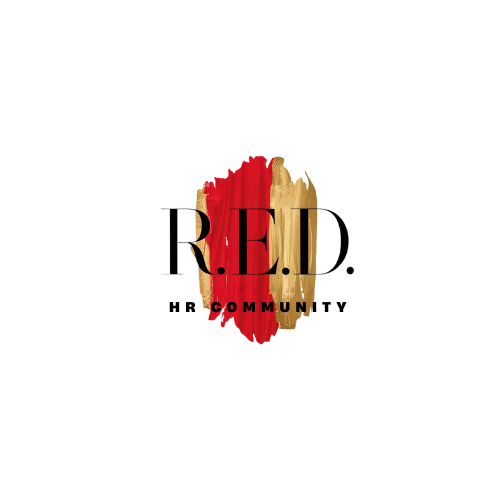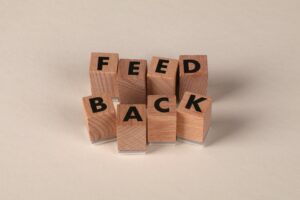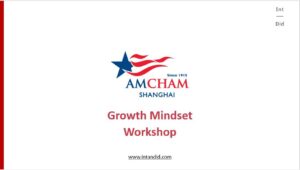Conflict isn’t a sign of failure—it’s a sign of friction that needs direction.
And when handled well, it can become a turning point for stronger collaboration and trust.
At R.E.D., we’ve seen firsthand that avoiding conflict does more damage than the conflict itself. Left unaddressed, tension festers. But when HR leaders and managers are equipped with the right approach, tension becomes an opportunity—not a threat.
Here’s how they’re making that shift happen.

The Problem: Conflict Is Inevitable
People disagree. Deadlines create stress. Communication gets crossed. It’s not a matter of if tension will show up—it’s when. The real question is: Do your teams know what to do when it happens?

The R.E.D. Approach: 5 Ways to Turn Conflict into Collaboration
1. Name It Before It Grows
Most workplace tension doesn’t explode—it simmers. That’s why the first step is acknowledging conflict early.
When employees or managers delay addressing issues, it becomes harder to resolve and more likely to affect morale and productivity.
Encourage open-door policies and normalize surfacing issues before they become HR cases.
2. Use a Simple, Shared Framework
When emotions are high, clarity is essential. That’s why many companies use conflict models like DESC:
- Describe the behavior
- Express how it made you feel
- Specify what you’d prefer
- Consequence—what happens next
Frameworks remove the guesswork and keep conversations productive, not personal.

3. Train Managers as Mediators
Managers are often the first responders to tension. But most haven’t been taught how to listen actively, stay neutral, or facilitate tough conversations.
R.E.D. invest in short training sessions that focus on:
- Reflective listening
- Managing emotional triggers
- Staying outcome-focused
- Knowing when to escalate
The result? Less fear around conflict, more confidence in resolution.

4. Document + Follow Through
Resolution doesn’t end when the conversation does.
Teams that succeed at long-term conflict resolution track the agreements, set a check-in timeline, and revisit outcomes. Even simple documentation helps maintain accountability and avoids repeat flare-ups.

5. Normalize Feedback Year-Round
The most powerful tool? A culture where feedback isn’t scary.
R.E.D. leaders create this through:
- Team retrospectives
- Real-time check-ins
- Anonymous pulse surveys
- Manager modeling (sharing feedback both ways)
When feedback becomes routine, conflict becomes manageable—and even constructive.
Final Takeaway
Conflict is part of every team’s story. The difference between dysfunction and resilience lies in how you respond.
With the right tools, language, and mindset, HR leaders can turn workplace tension into stronger, healthier collaboration.
Curious How R.E.D. Leaders Are Building Conflict-Ready Cultures?
Learn how organizations in our network are training teams, guiding managers, and shifting mindsets—without needing a formal playbook. Contact us!

Related Articles




